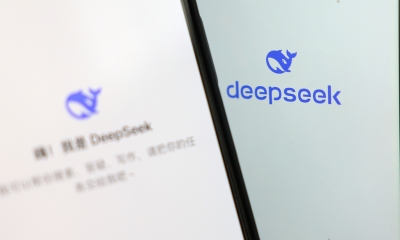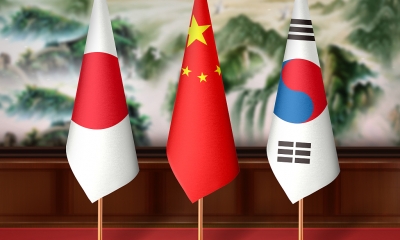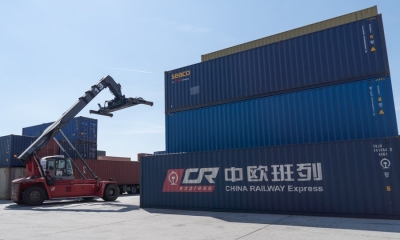U.S. Unfairly Targets China in COVID Testing
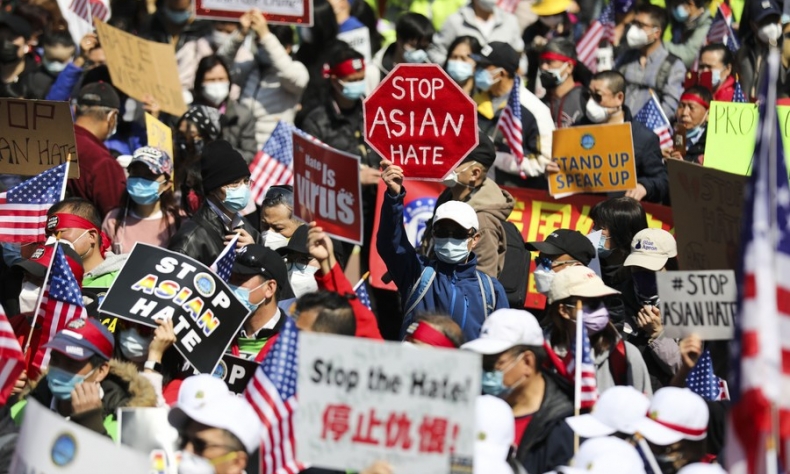
Something else is likely to spread quickly because of this government-initiated scrutiny of Chinese travelers: anti-Asian hate.
China again opens its doors to all, and the U.S. government has responded by making it challenging for Chinese to travel to America.
By now you know that China has relaxed many of its international travel protocols, which were established during the worst of the COVID-19 crisis. This decision has been met with relief from all over the world; whether Chinese citizens wish to travel abroad or international visitors want to enter China, the Chinese government has, in effect, reopened its doors.
The U.S. has reacted by making it especially difficult for Chinese citizens, including those traveling from Hong Kong or Macau, to enter the country. It is requiring those travelers arriving in the U.S. to demonstrate that they are COVID free. Are travelers from all nations obligated to prove the same freedom from infection? No.
The Center for Disease Controls and Prevention of the United States provides a set of recommendations for people coming from various parts of the world. Those recommendations include asking people to “consider getting tested” approximately three days before traveling to the U.S. And for people traveling from Chinese mainland, Hong Kong or Macau? They are told the following: “You must show your negative result to the airline before you board your flight.”
Pay close attention to the language: For people from almost every place on the globe, “consider” whether you need a test; for people from China, “you must” be COVID free. Put another way: A person from Europe, Latin America and Africa might have the virus and could still enter the U.S. But people from China must affirm that they are not infected before leaving their homeland.
A double standard? That certainly appears to be the case.
The White House and health officials justify the harsh restrictions on people traveling from China because of the explosion in the number of COVID cases there. The U.S. media on an almost daily basis report that China is now a “cesspool of contamination”; the media’s audiences are told that COVID cases are out of control throughout China, people are dying in high numbers, and the government has no hope of containing the problem. As just one example, the Washington Post announced it had evidence that funeral homes have seen a “dramatic increase in activity” over the past month with “overwhelmed staff” struggling to properly care for the dead. Furthermore, the newspaper contends the Chinese government has a limited definition of what counts as a COVID-related death, which ensures that it can continue to claim a low death toll from the virus.
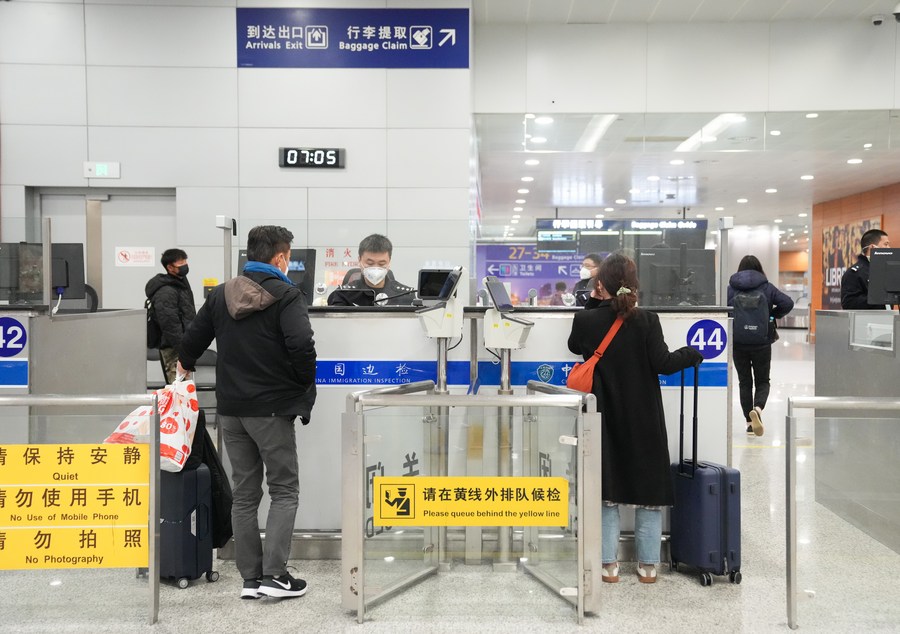
With that narrative of fear in place, U.S. officials believe they are justified in suggesting that because the worst of the pandemic is over in America that denying entry to people from China is wise. However, even if we accept that the worst is over, the bitter reality is that Americans continue to get contract COVID and they continue to be hospitalized and die from it. The aforementioned CDC acknowledged just a few days ago that the latest variant “XBB.1.5 is spreading quickly.”
Something else is likely to spread quickly because of this government-initiated scrutiny of Chinese travelers: anti-Asian hate. America has a long and ugly history of directing hate at Chinese, Japanese, Koreans and others from Asia. And critics are lining up to warn government officials and the public of the potential for increased anti-Asian hostility with travel restrictions now publicly announced and being enforced.
In an op-ed in the New York Times, writer and illustrator Frankie Huang articulated the frustration she and other Chinese are feeling: “By treating only Covid from China as a real danger and domestic cases as presumably milder, the U.S. government effectively endorses the centuries-old tropes of Asians as the ‘diseased other’ and the notion that the coronavirus is, in fact, the ‘China virus.’ This places Asians in America once more in the cross hairs of racist scapegoating.”
Meanwhile, John Yang, the president and executive director of Asian Americans Advancing Justice, warns: “When we have seen these types of [nation-specific] policies [enacted in the past], there are always those people on the fringe that will use it as an excuse to scapegoat our community as a whole or take it as a way of targeting a community.”
The reality for Chinese and other Asians in America is that the White House can do very little to stop the racist hate often directed at them. It will be important in the coming days to see how the Biden administration tries to convince Americans that being tough on Chinese entering the country should not be associated with racism. That will be a tough sell.
It was roughly one year ago that China hosted the 2022 Winter Olympics. At the time, the government was sharply criticized throughout the world for making it difficult for athletes and officials to encounter Chinese citizens. The so-called “closed loop system” was described throughout the West not as a way for athletes to remain virus free but as proof that China wanted to remain walled off from the world. How ironic that almost 12 months later, China wants to again promote global interaction and the U.S. is trying to build walls.
The article reflects the author’s opinions, and not necessarily the views of China Focus.
 Facebook
Facebook
 Twitter
Twitter
 Linkedin
Linkedin
 Google +
Google +




